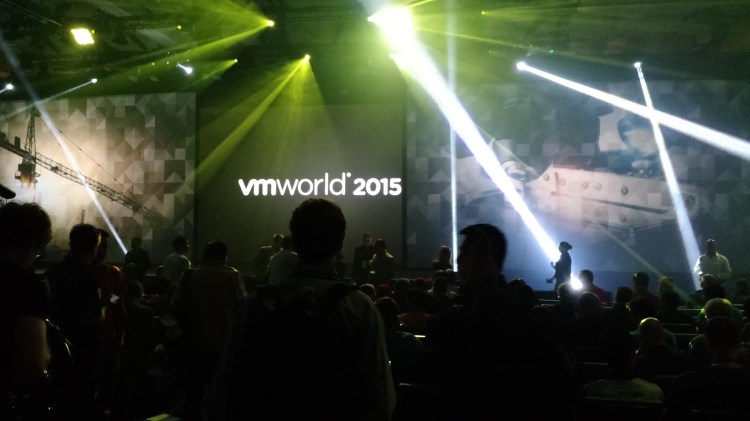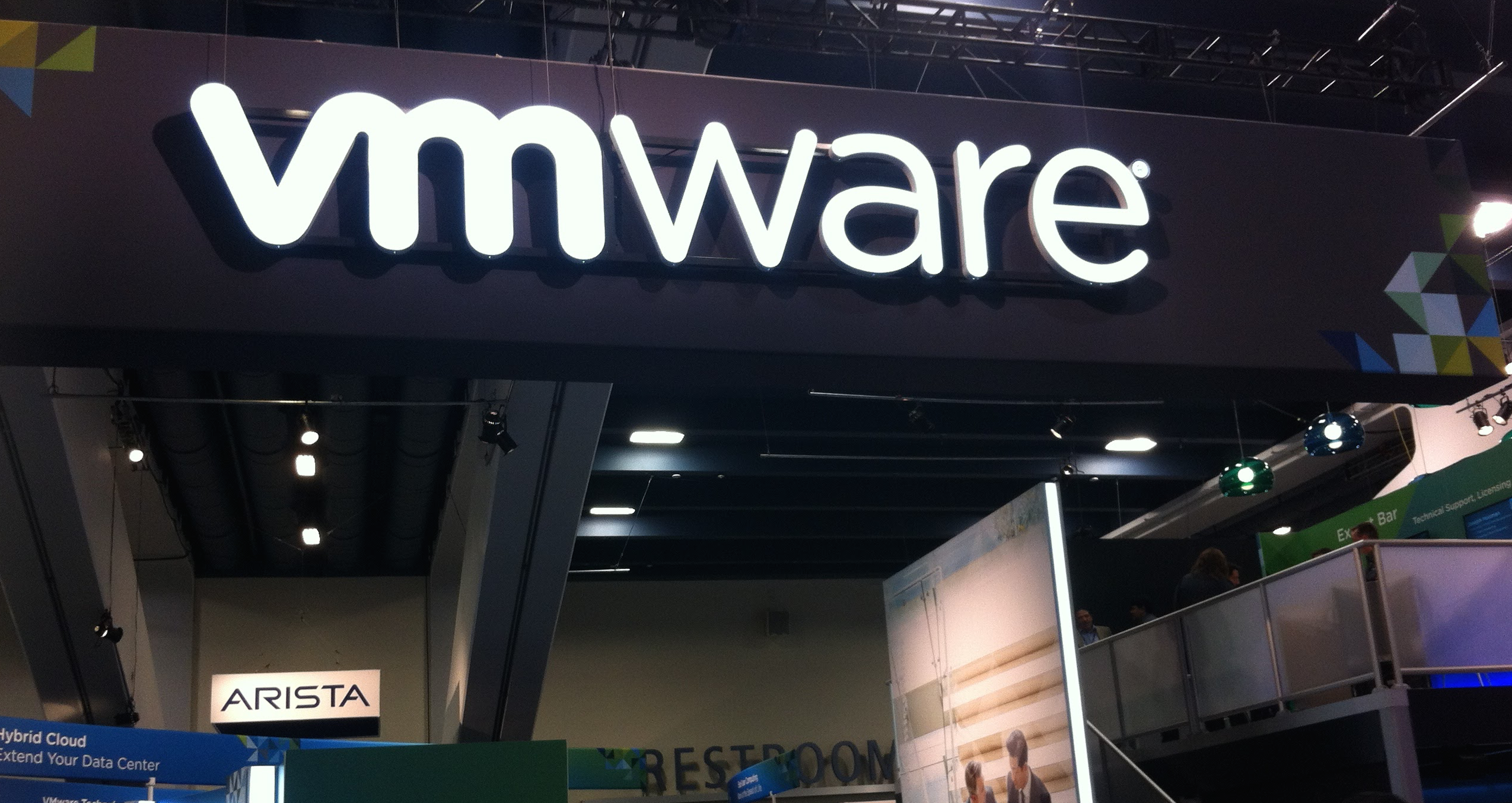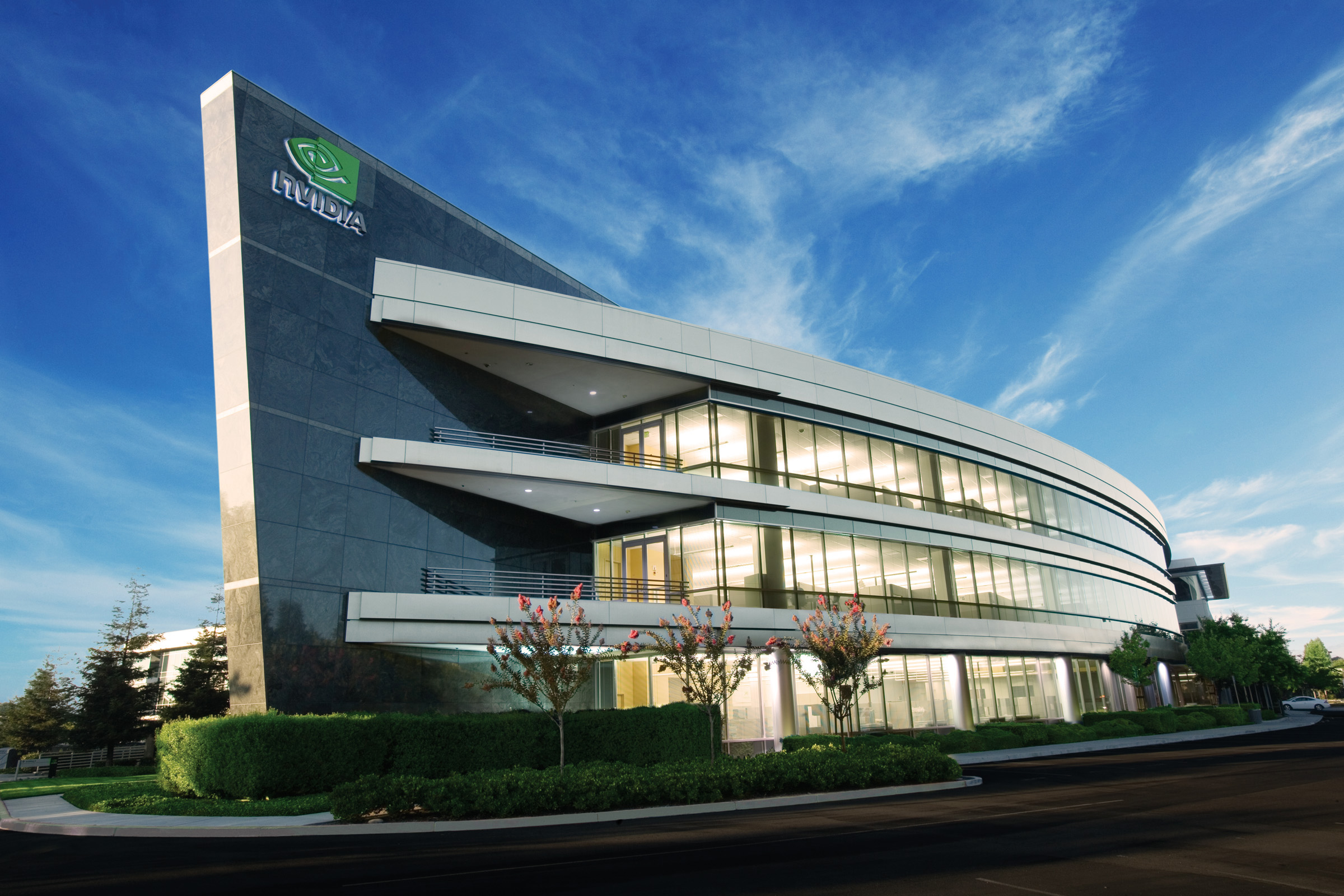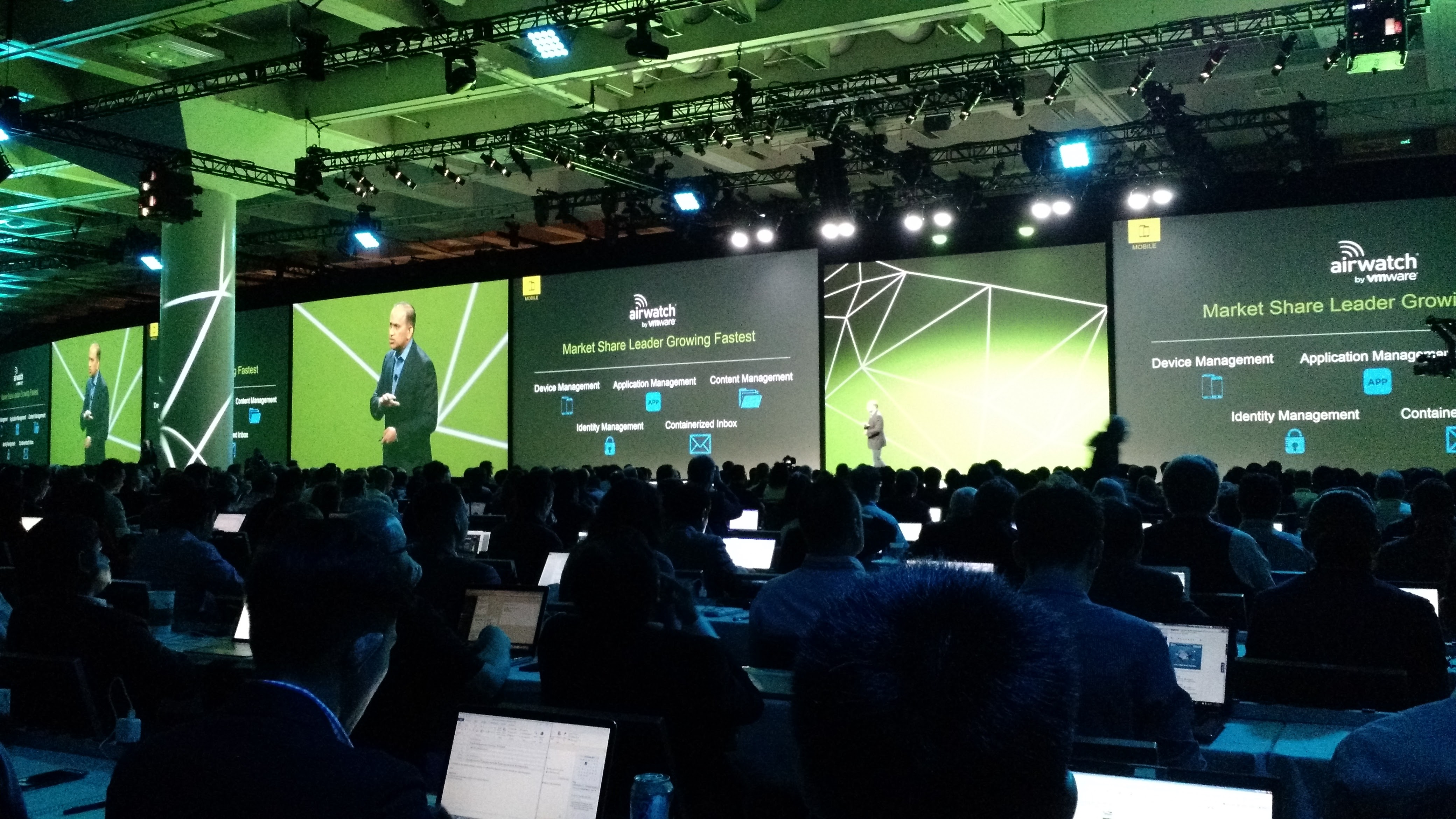Enterprise software vendor VMware kicked off its big annual VMworld conference in San Francisco today with several news announcements, from new open-source tools to a new “intelligent automation engine” for making the best use of companies’ data center equipment. Other companies interested in riding the wave of attention this week have made announcements, too.
A lot of people are paying attention. More than 23,000 people are here at the Moscone Center for the event, and more than 50,000 people were live streaming today’s keynote. This is, after all, one of the biggest events all year in the world of enterprise technology.
For your convenience, here’s a roundup of all the news coming out of the conference.
VMware public cloud gets vCloud Air SQL, Site Recovery Manager Air, object storage
VMware today announced several enhancements to its vCloud Air public cloud at the company’s annual VMworld conference in San Francisco.
Companies can test and run plans for disaster recovery in vCloud Air’s new cloud-based Site Recovery Manager Air. And VMware is starting to offer disaster recovery on vCloud Air based on usage, instead of just as part of a monthly or yearly subscription. VMware is also introducing vCloud Air Object Storage powered by Google Cloud Platform, the first new product to come out of VMware’s reseller relationship with Google, announced earlier this year.
Nvidia launches Grid 2.0 virtual desktop technology with support for 128 users per server
Chipmaker Nvidia today announced the launch of Grid 2.0, the latest version of its desktop virtualization technology that companies can use to deploy graphics-heavy applications remotely to employees who are offsite.
Companies can buy servers packing Nvidia Grid boards and then use virtualization software — such as VMware vSphere 6 and Horizon 6 and Citrix’s XenApp, XenDesktop, and XenServer — to share the power of GPUs (graphic processing units) with Grid 2.0.
The new release can handle as many as 128 users per server, twice as many as before, according to a statement. And Grid now supports the Linux operating system, not just Windows. Plus the technology can now run on blade servers, not just rack servers.
VMware unveils Integrated OpenStack 2.0 based on Kilo
VMware today announced the launch of VMware Integrated OpenStack 2.0, the company’s second release of its distribution of the OpenStack open-source cloud software. The new release, based on OpenStack Kilo, which became available in April, will become generally available to customers by Sept. 30.
VMware first announced that it would assemble an OpenStack distribution at the company’s VMworld conference in San Francisco last year. It came out in February, based on the open-source OpenStack Icehouse software. “Customers will now be able to upgrade from V1.0 (Icehouse) to V2.0 (Kilo), and even roll back if anything goes wrong, in a more operationally efficient manner,” VMware product line manager Arvind Soni wrote in a blog post on the news.
VMware launches vSphere Integrated Containers and the Photon Platform
VMware today announced technology previews for vSphere Integrated Containers and Photon Platform — two new products that companies can use to build and run applications inside of containers.
Containers are an increasingly popular technology that represent an alternative to the more widely used virtual machines, which VMware has turned into a standard in the world of enterprise software.
The fascinating thing here is how VMware sees this new technology as underlying a whole bunch of existing technologies from other companies that have been gaining popularity in the past several months. That includes Docker’s Swarm, Google-led Kubernetes, Mesosphere-led Apache Mesos, CoreOS’ Rocket, Cloud Foundry — “all on Photon,” said Kit Colbert, VMware’s vice president and chief technology officer for cloud native applications, in a press conference before today’s general session. All these can integrate with vSphere Integrated Containers.
ClusterHQ partners with VMware to build a vSphere storage driver for Flocker
Startup ClusterHQ today announced that it has teamed up with VMware to develop a storage driver that allows ClusterHQ’s Flocker open-source software to integrate with VMware’s vSphere server virtualization software.
The result is that companies can now provision storage for specific containers, not just virtual machines, with VMware storage software like Virtual SAN and vSphere Virtual Volumes.
VMware announces EVO SDDC software suite with SDDC Manager, Hardware Management Services
VMware today debuted EVO SDDC, a new suite of software that includes several of the company’s existing tools for managing companies’ data center resources, as well as a new “automation engine” and new open-source hardware management software.
The existing tools can handle server, storage, and networking virtualization. They include vSphere, Virtual SAN, NSX, and vRealize Operations, according to a statement VMware issued today at its big VMworld conference in San Francisco.
The big picture here is that VMware is finally going to provide a ready-to-go piece of software to let companies live the vision VMware has been talking about for a year or more: the grand “software-defined data center” that SDDC stands for.
Server virtualization is what VMware is built on. Now VMware is essentially making the other pieces a standard, even if they’re still not very widely adopted compared to server virtualization.
VMware previews Project A² for managing Windows 10 devices and apps
VMware today unveiled Project A², a unification of two kinds of existing VMware software that’s intended to give company admins new management capabilities for Windows 10 devices and applications.
Typically, VMware’s AirWatch division would sell enterprise mobility management software for managing physical devices, and separately VMware would sell its App Volumes software (formerly CloudVolumes) for deploying applications to virtual desktops. Now VMware is bringing these two things together in Project A² (pronounced “A-squared”), with the combination of VMware App Volumes and AirWatch.
VentureBeat's mission is to be a digital town square for technical decision-makers to gain knowledge about transformative enterprise technology and transact. Learn More








